

Derek Fung
Revived Ram 1500 TRX could debut on New Year's Day
15 Hours Ago

Founder
Power and torque figures are always great on paper, but how do they translate to power and torque at the wheels?
We wanted to see just how punchy the all-new Ford Ranger Raptor, Ford Ranger Wildtrak V6 and Ford Ranger Wildtrack four-cylinder are when put against a rolling road dynomometer.
Before we get into the numbers, we need to give a big shout out to Jason from LS1PWR who donated his time and dyno to see what the Ranger range would pump out at the wheels.
In this instance we used a rolling road dyno in two-wheel drive. Each vehicle was locked in 2H and stability control was switched off.


Why is there a difference between power and torque figures stated by manufacturers and the power and torque figures seen here?
Manufacturers typically quote power and torque figures at the engine’s flywheel. From the flywheel there are a number of losses that occur throughout the drivetrain up until the point torque hits the pavement through the tyres.
So, how did we go?
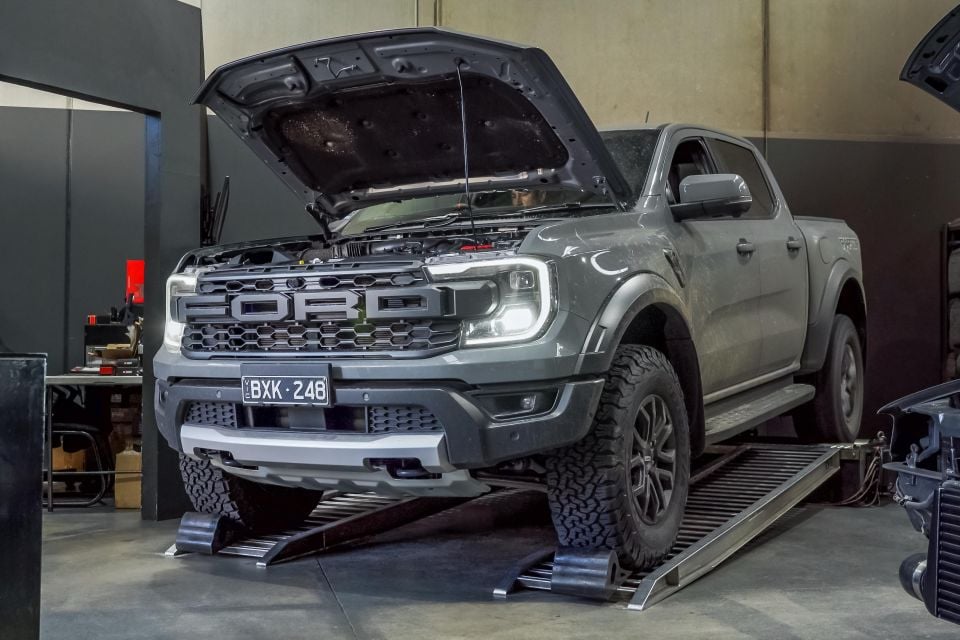
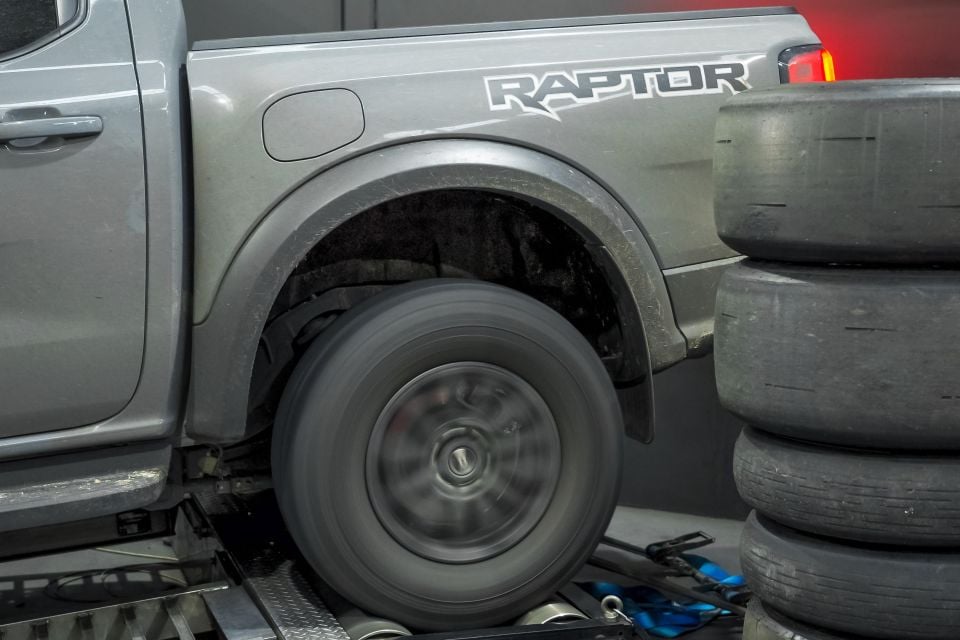
Engine is a 3.0-litre twin-turbocharged petrol V6.
Stated power and torque
Measured power and torque
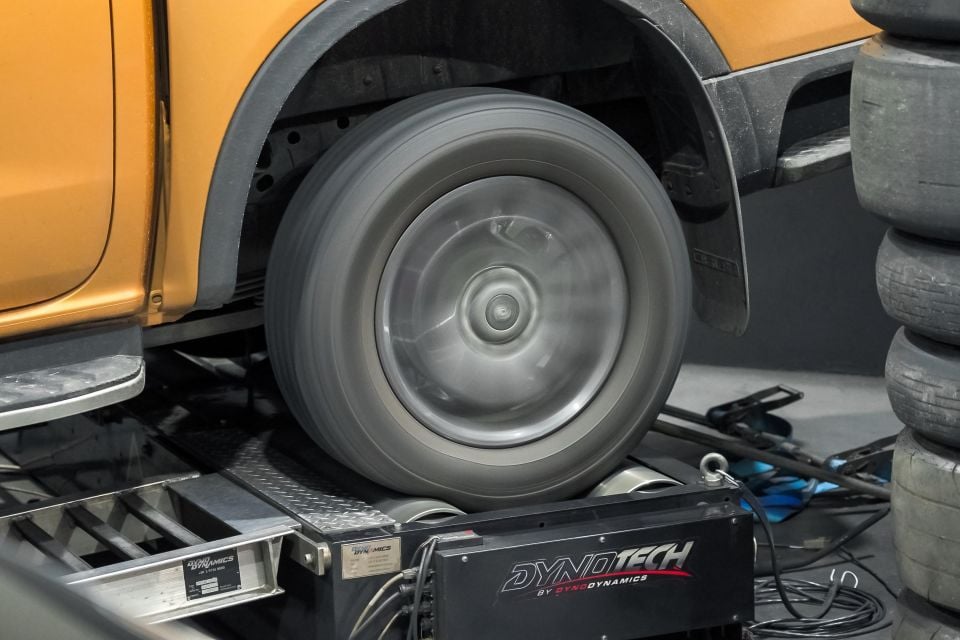
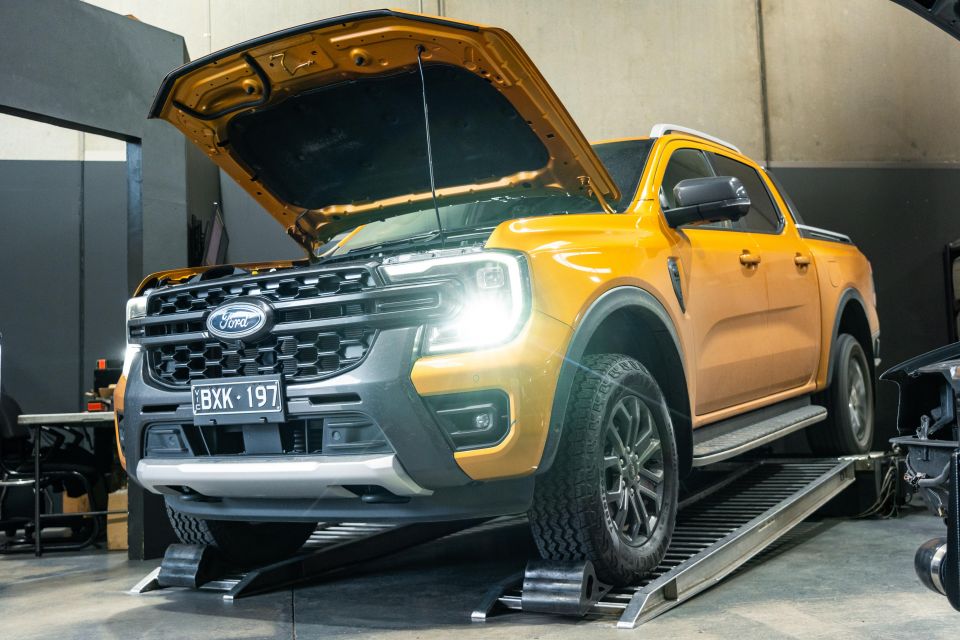
Engine is a 3.0-litre turbocharged diesel V6.
Stated power and torque
Measured power and torque
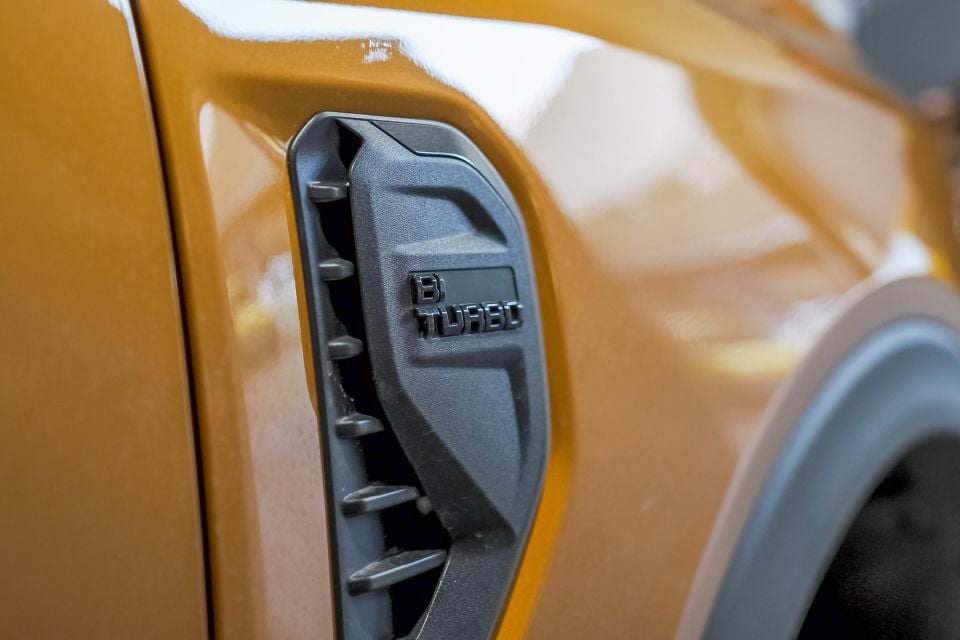
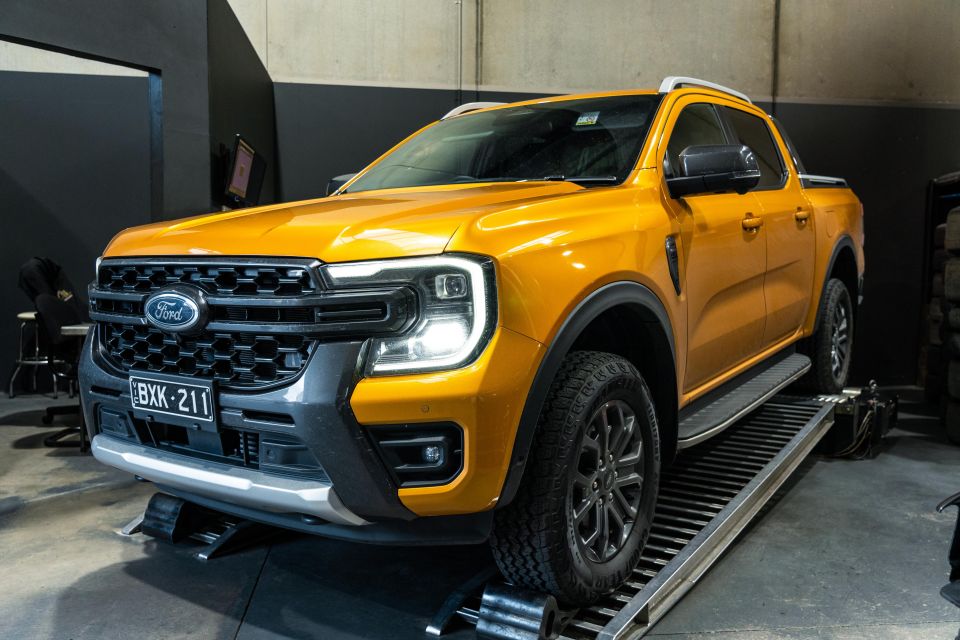
Engine is a 2.0-litre bi-turbocharged four-cylinder diesel.
Stated power and torque
Measured power and torque
Let us know what you think about the numbers. Do you want to see the same measurements done on other utes in the segment?
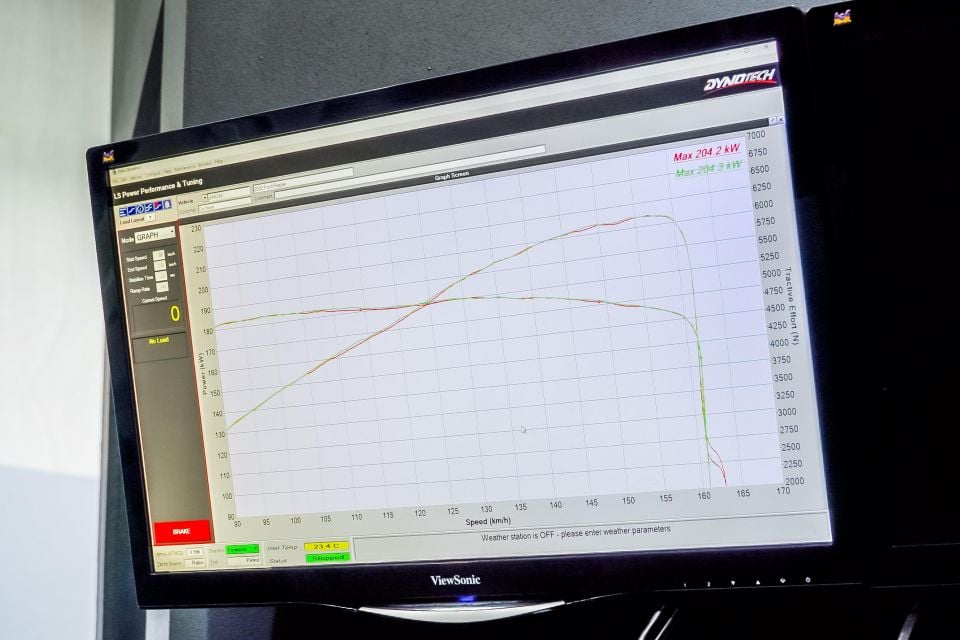
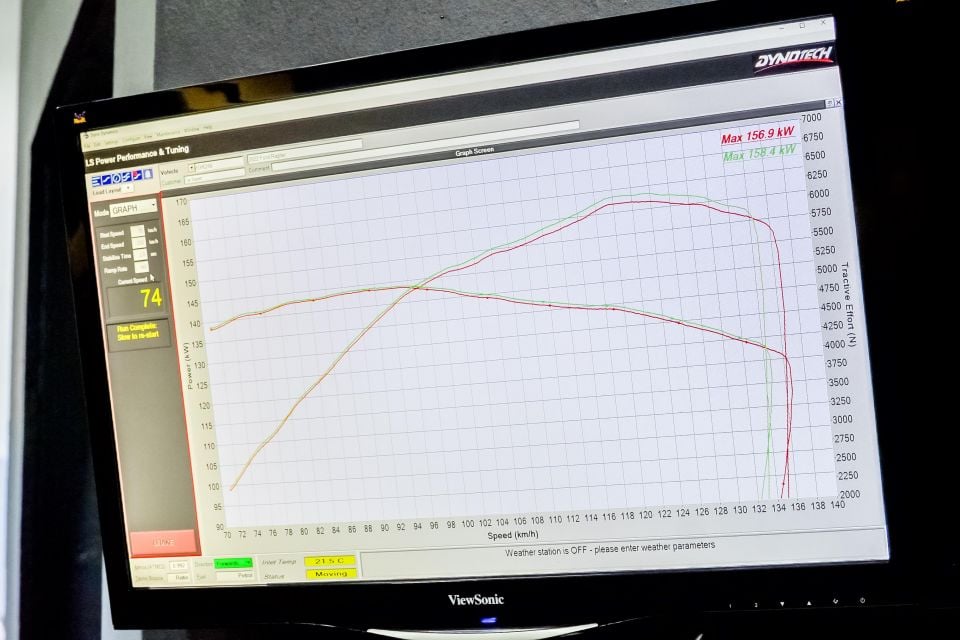
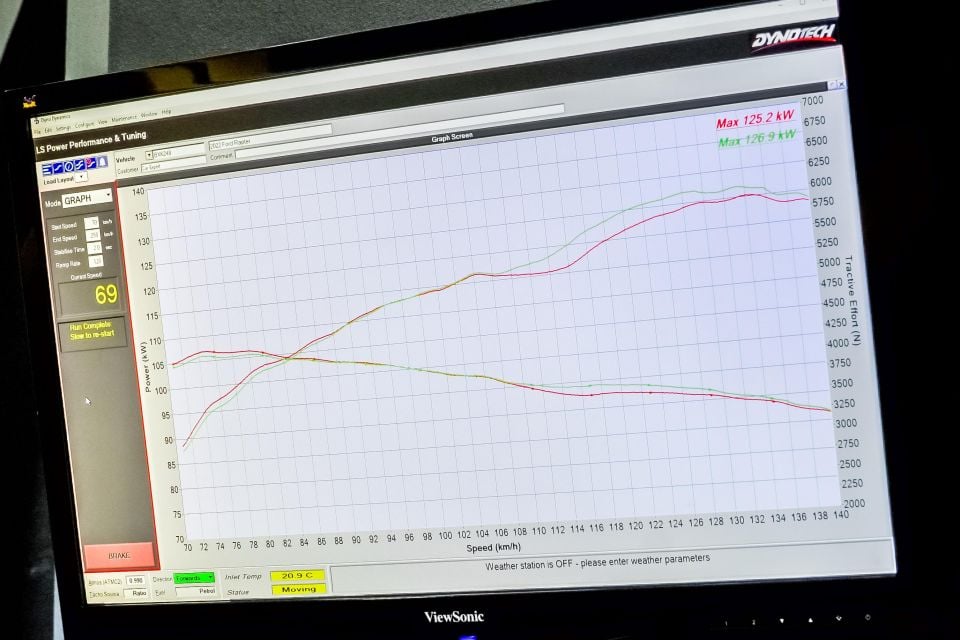

Where expert car reviews meet expert car buying – CarExpert gives you trusted advice, personalised service and real savings on your next new car.
Paul Maric is a CarExpert co-founder and YouTube host, combining engineering expertise with two decades in automotive journalism.


Derek Fung
15 Hours Ago


Damion Smy
4 Days Ago
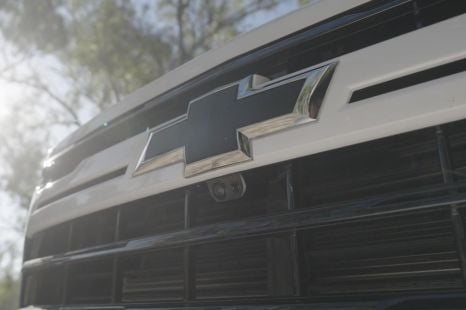

Ben Zachariah
5 Days Ago


James Wong
11 Days Ago
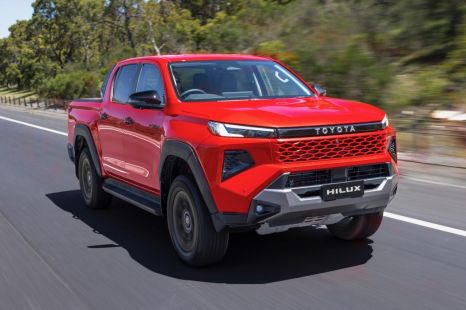

Ben Zachariah
12 Days Ago
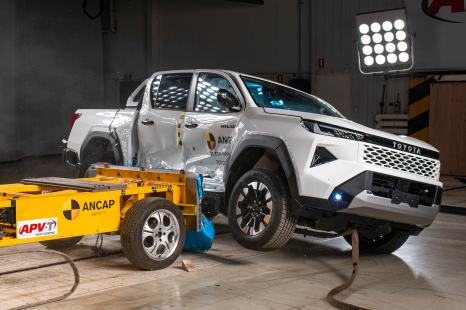

William Stopford
12 Days Ago